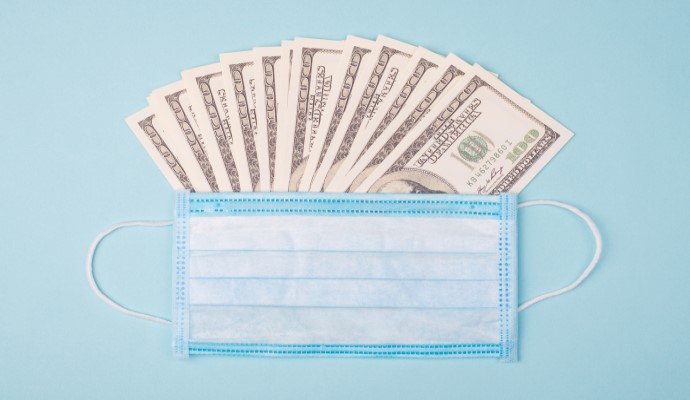Over A Quarter of Americans Say High Costs Bar Patient Care Access
With the median out-of-pocket healthcare costs ranging from $1,000 to $1,999, more consumers are facing patient care access barriers.

Source: Getty Images
- A new report from the Federal Reserve paints a devastating picture of how healthcare costs impact patient care access. In 2022, 28 percent of adults went without some kind of medical care because of the high cost, the Fed reported.
That finding comes in the context of extremely high patient financial responsibility, or the amount of money patients owe after their health insurance has kicked in. Patient financial responsibility can be extremely high if patients have high-acuity medical problems, and in many cases can come as a surprise.
According to the report, 23 percent of adults in the US had a major, unexpected medical expenditure in 2022. The median amount for those major bills was between $1,000 and $1,999.
Another 16 percent of adults said they had medical debt for either their own medical care or the medical care of a family member.
Those extremely high out-of-pocket costs mean more patients, striving to avoid high bills, are foregoing care. On the whole, more than a quarter (28 percent) of adults in the US went without healthcare in 2022 because they could not afford it.
That’s a startling figure, but not as bad as things could potentially get if inflation continues to impact consumer healthcare spending. In 2021, cost barriers to healthcare access only impacted 24 percent of adults in the US. However, in 2013, a whopping 32 percent of healthcare consumers went without care due to high costs.
When patients skip healthcare to cut costs, dental care is usually the first thing to go, the report, which was based on 2022 data, showed. That’s followed by foregoing visits to the doctor, poor medication adherence, skipping follow-up care, and cutting out mental healthcare visits.
Healthcare costs, unsurprisingly, affected low-income families more than high-income families in 2022. While 38 percent of families with incomes under $25,000 said they skipped medical care due to cost, just 11 percent of those from families with incomes higher than $100,000 said the same.
And, ultimately, that impacts overall patient well-being, the data furthered. People with higher incomes—and who are less likely to skip medical care—are more likely to say they are in good health compared to those with lower incomes (91 percent and 75 percent, respectively).
The researchers said these trends in healthcare access reflect larger macroeconomics.
“The increase in this measure may, in part, reflect consumer responses to inflation as medical care is an area where people can save money by cutting back on spending,” the researchers wrote.
The report also looked into how health insurance coverage influences cost-related care access barriers, finding that insurance coverage increased the odds that someone would access care.
Health insurance coverage was very common in 2022, with 91 percent of adults having insurance. This is a similar figure to 2021.
But of the 9 percent of adults who did not have any type of health insurance coverage in 2022, that lack of coverage had harmful effects. While only around a quarter of the insured went without medical care because of high costs, 42 percent of the uninsured reported the same.
The industry is waiting with bated breath to determine whether this trend continues, especially considering changes to public payer eligibility that came as part of the public health emergency’s (PHE’s) end on May 11. As part of that sunset, many Medicaid eligibility flexibilities ended. Some projections show that around 18 million people will lose their Medicaid coverage as part of the PHE’s end.
And with that lapse in coverage could come higher out-of-pocket healthcare costs that consumers don’t want to pony up. Instead, patients may choose to forego care altogether, although this trend remains to be seen.
